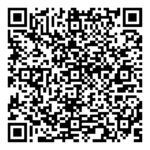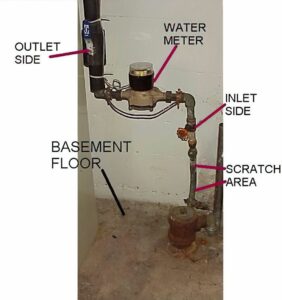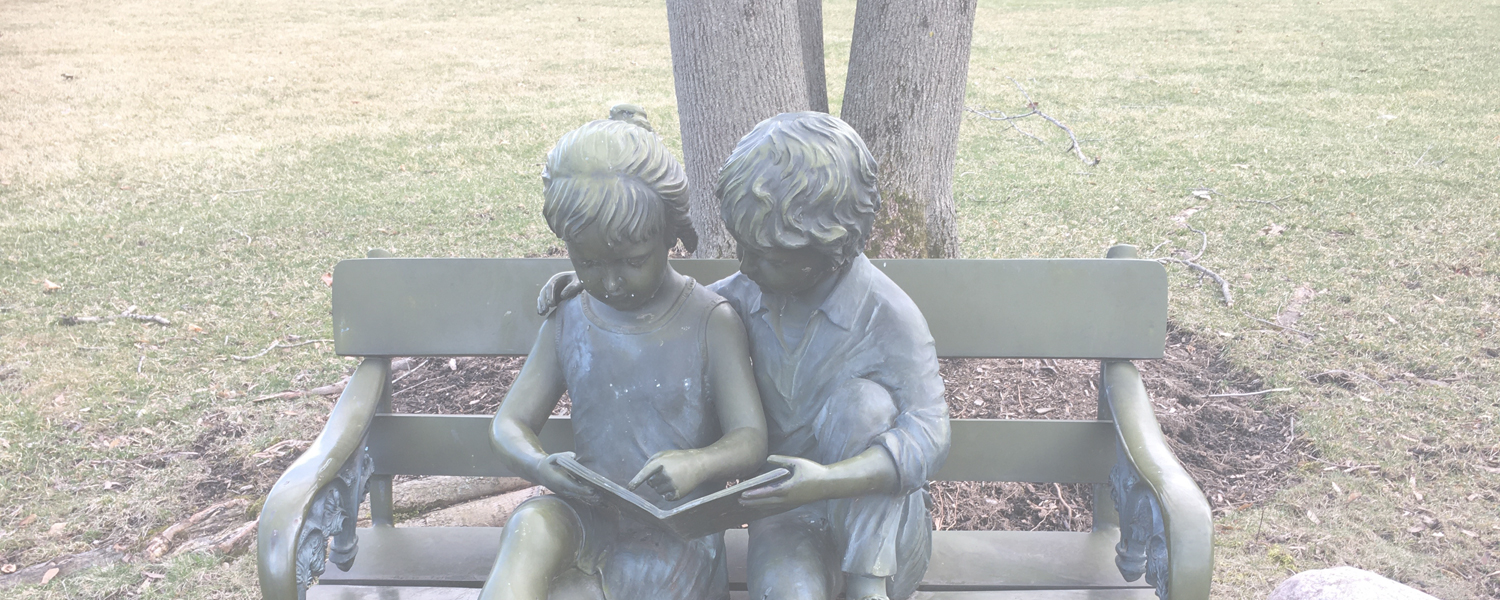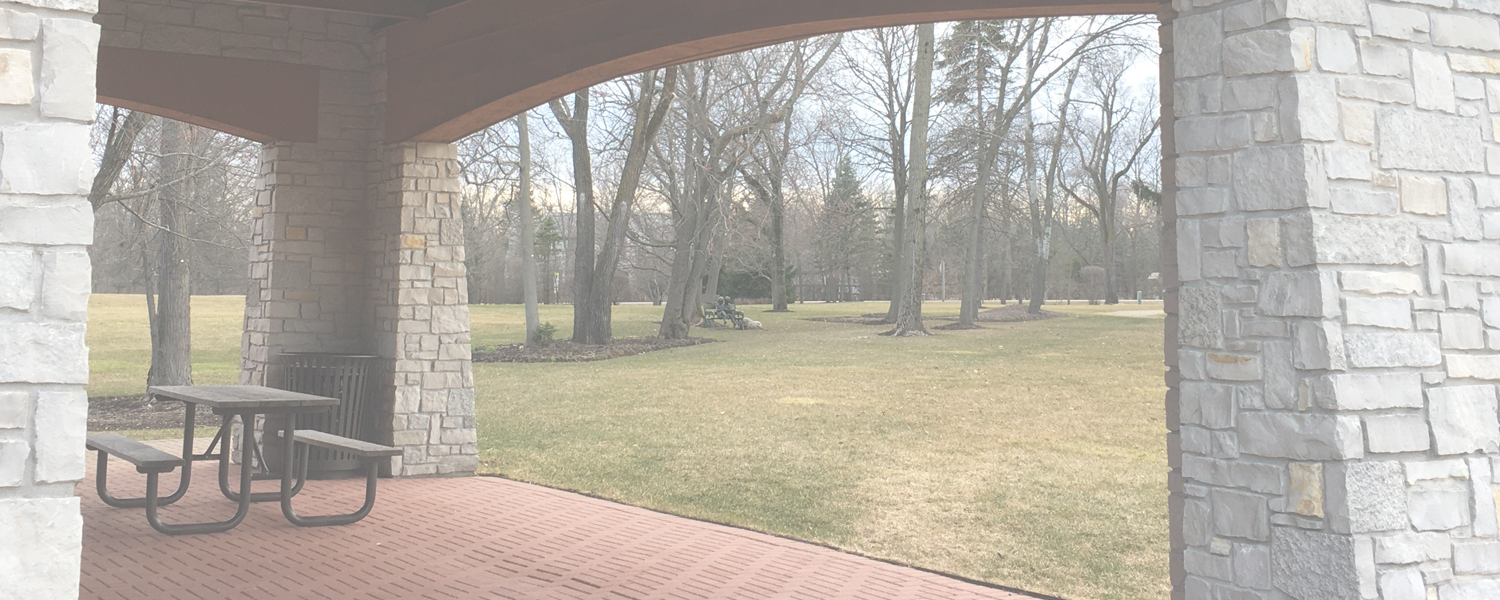
Lead in drinking water has been an increasingly important topic throughout the nation over the past several years – and for good reason. Lead is toxic, and was used for many years in paints, plumbing, batteries, and other products found in and around homes. Lead can enter the water system through the corrosion of pipes, solder, fixtures, brass faucets, and fittings. The amount of lead in water depends on many factors, but there is always a potential for danger with lead pipes since they are the primary source of lead poisoning.
Recently, the Federal Government mandated that municipalities must find out where lead services are located throughout the community to begin the process of eliminating them. Lead, unlike other drinking water contaminants, is usually not present in the drinking water source. It results from the distribution system or on-site plumbing itself. Lead gets into water at the tap when water corrodes lead in pipes, fixtures, and solder. The most impactful way to reduce the risk of exposure to lead in drinking water is to remove the lead service line that brings water to your home from the water main in the street.
TAKE THE LEAD SERVICE INVENTORY SURVEY
We are surveying all homes built prior to the mid-1980’s to identify existing lead service lines. Please complete this brief Lead Service Inventory Survey after you have determined the material composition of your water lines. You may also scan the QR code with a smart phone for your convenience.
WHAT IS A WATER SERVICE LINE & WHO OWNS IT
A water service line is the pipe that runs from the water main to a home or building’s internal plumbing. They are the pipes that carry water from the Village’s watermain in the street into homes and other buildings. In Bannockburn, the water service lines are owned by individual property owners, from the b-box (curb stop/shut off) in the street to the water meter in the home.
LEAD SERVICE LINES
Bannockburn’s water mains are leadfree. However, some homes may have a service line that is made of lead or lead components. One of the primary sources for lead in drinking water in our homes are lead service lines (LSLs). LSLs transport treated public water into our homes and may leach lead from pipes into your drinking water. Older homes, especially those built before 1986, are more likely to have lead service lines, fixtures, and solder. However, even newer “lead-free” fixtures could contain lead.
HOW TO CHECK YOUR SERVICE LINE’S MATERIAL
To find out if you have a copper, lead, or galvanized steel service on your property, you (or your landlord) can perform a test on the water service line where it connects to the water meter to determine the material of the water service line on your property. The steps to identify the material type is noted below. In addition, the US Environmental Protection Agency has a step by step procedure that you can utilize and can be found at their website (click here).
STEPS TO CHECK YOUR SERVICE LINE
Materials Needed: Key or coin, strong magnet.
Step 1
Locate the water service line entering the building. This is typically found in the basement. A valve and the water meter are installed on the pipe after the point of entry. Identify a test area on the pipe between the point where it enters the building and the valve. If the pipe is covered or wrapped, expose a small area of metal.
Step 2
Scratch the surface of the pipe. Use the flat edge of a screwdriver to scratch through any corrosion that may have built up on the outside of the pipe.
Step 3
Compare your pipe to the images below. Each type of pipe will produce a different type of scratch, react differently to the magnet, and produce a unique sound when tapped with a metal coin.
If Your Pipe Is Copper:
The pipe may appear dull brown on the outside but will be the color of a bright penny if gently scratched. The magnet won’t stick.
If Your Pipe Is Lead:
The pipe will appear dull and soft but will turn a shiny silver color when scratched. The magnet won’t stick.
If Your Pipe Is Galvanized Steel:
The scratched area will remain a dull gray. If you have a galvanized steel pipe, you may still have a lead gooseneck on your service line. The magnet will stick.
If Your Pipe Is Plastic:
It will look something like the image below and won’t scratch and a magnet won’t attach.

Step 4 – Submit Your Results
Let us know what kind of water pipes you have by completing this online form/survey. [if you are not sure on the material type, please fill out the form and identify that you are not sure what material type you have & our consultants will follow up with you.]








